10 Best Adventures of 1913
By:
March 2, 2018
One hundred and five years ago, the following 10 adventures — selected from my Best Nineteen-Oughts Adventure list — were first serialized or published in book form. They’re my favorite adventures published that year.
Please let me know if I’ve missed any adventures from this year that you particularly admire. Enjoy!
- Marie Belloc Lowndes’s psychological thriller The Lodger. The author grew up in London in the late 19th century, during Jack the Ripper’s killing spree; in this atmospheric murder-mystery-without-a-sleuth, she takes us back to that era. Ellen and Robert Bunting are an older couple who have retired from a life as servants to open a rooming house… but they’ve been unsuccessful, and they’re about to lose everything. One day, however, a Mr. Sleuth arrives at their door and offers them a generous monthly fee for the use of their rooms. At the same time, a killer — who signs himself “The Avenger” — begins to stalk London’s foggy streets. Slowly, Mrs. Bunting begins to suspect that her lodger’s odd behavior may indicate that he is the killer. However, fearful of financial ruin, she doesn’t share her suspicions with her husband. The pace is slow, the tonality brooding and melodramatic. Brrr! Fun facts: Alfred Hitchcock adapted Lowndes’s novel as a silent movie of the same title in 1927. Hitchcock also adapted the story, in 1940, as the first installment in the radio drama series Suspense.
- Sax Rohmer’s crime and Radium Age science-fiction adventure The Mystery of Dr. Fu-Manchu (1912—1913). In this first Fu Manchu novel, assembled in 1913 from stories published in magazines during 1912, colonial police commissioner Nayland Smith is in hot pursuit of Fu Manchu, an agent of a Chinese secret society, the Si-Fan. A brilliant scientist and criminal mastermind, Fu Manchu has relocated from China and Burma to East London’s Limehouse district, from where — Smith believes — he is orchestrating a wave of assassinations targeting Western imperialists. Oh, and he appears to be kidnapping Europe’s best engineers and smuggling them back to China for some nefarious purpose, too! Fun facts: Rohmer’s Fu Manchu character would inspire racist depictions of Asian sci-fi/fantasy villains from Ming the Merciless to Dr. No. The character was also featured in movies, TV, radio, comic strips, and comic books through the middle of the century; these latter entertainments — which depicted Rohmer’s villain with a long, drooping mustache (not mentioned in the books), has led to that style of facial hair becoming popularly known as a “Fu Manchu.”
- Edgar Rice Burroughs‘s Tarzan adventure The Return of Tarzan. On a steamer from America to Paris, “Jean C. Tarzan” mulls over his still-recent decision to renounce his aristocratic title, so that Jane Porter can marry his cousin, Lord Greystoke. He befriends a Russian couple, who are being blackmailed by Russian agent Nikolas Rokoff; he thwarts Rokoff’s plot, and makes himself a deadly enemy. Tarzan is then recruited as a secret agent by the French ministry of war — suddenly, it’s a spy novel! After a few adventures among Arabs in the Algerian desert, Tarzan is dumped in the middle of the ocean. Luckily, he washes ashore in his native Africa, where he reverts to his old tree-swinging habits, makes himself king of the noble Waziri tribe, and discovers the lost treasure-city of Opar. At which point, Jane and Rokoff show up! Fun facts: Serialized in New Story Magazine in 1913; the first book edition was published in 1915. I am a fan of Joe Kubert’s 1973 comic-book version.
- J.D. Beresford’s Radium Age sci-fi adventure Goslings (aka A World of Women, 1913). When a plague kills off most of England’s male population, the proper bourgeois Mr. Gosling (one of the few survivors) abandons his family for a life of lechery. His daughters — who have never been permitted to learn self-reliance — in turn escape London for the countryside, where after some adventures they find meaningful roles in a female-dominated agricultural commune. The women of the commune shed their vanity and socially imposed role restrictions; along with one male, the intellectual Thrale, they must learn to come together as a community for survival. But the Goslings’ idyll is threatened by their elders’ prejudices about free love! Fun fact: The book was titled A World of Women when it was released in the US. Reissued by HiLoBooks, with an Introduction by Astra Taylor.
- Arthur Conan Doyle’s Radium Age sci-fi adventure The Poison Belt (1913). Three years after having led an expedition into a South American jungle in search of surviving pterodactyls and iguanodons, the controversial scientist George Edward Challenger telegrams his dino-hunting comrades: “Bring oxygen.” Once they arrive at his country home south of London, Challenger reveals that the planet is about to pass through a belt of poisonous ether (astrophysicists now prefer “dark matter”), which will destroy all life on Earth. However, Challenger has transformed his wife’s dressing room into an airtight chamber, so they can witness the end of the world. Why — in this first sequel to The Lost World — did Doyle lock his adventurers into a room? Because this is an epistemological thriller: At the extremity of experience, Summerlee, an avatar of the inductive scientific method, and Challenger, an avatar of the simultaneously intuitive and logical “abductive” method of acquiring knowledge, hash it out. Fun fact: Reissued by HiLoBooks, with an Introduction by Joshua Glenn (yours truly) and an Afterword by Gordon Dahlquist.
- Edgar Rice Burroughs’s Radium Age sci-fi adventure The Gods of Mars (1913, as a book 1918). The second installment in Burroughs’s Barsoom series. Returning to Mars after ten years, John Carter materializes in the Valley Dor: the supposedly paradisial secret location to which Barsoomian’s travel once they’ve reached 1,000 years of age. Joined by his friend Tars Tarkas, the 15-foot-tall, double-torsoed, green-skinned Martian, Carter discovers that Barsoomians are actually killed and enslaved in the Valley Dor! (This context is strongly reminiscent of Philip K. Dick’s 1966 novel The Unteleported Man, don’t you think?) The Therns, a white-skinned, cannibalistic race of self-proclaimed gods, must be defeated — but Carter and Tarkas must also contend with Plant Men, Black Pirates, the green warriors of Warhoon, and the Zodangans. Phew! Fun fact: First published in All-Story as a five-part serial, this novel was written at the same time as Burroughs’s Tarzan of the Apes.
- Earl Derr Biggers’s semi-comical thriller Seven Keys to Baldpate. William Magee, a dime-store novelist who hopes that solitude will allow him to produce a great work of literature, acquires what he thinks is the only key to Baldpate, a New Jersey mountaintop resort that’s closed for the winter. Which may sound like the set-up of The Shining, but in fact this is an apophenic adventure. Six uninvited guests — a hermit, a peroxide blonde, a disgraced college professor, a political op, a bald-headed gangster, and a high-society dame — show up at the resort, each of whom tells Magee a far-fetched tale about who they are and why they’ve come. Magee finds himself caught up in a fast-paced plot, complete with witty repartee, that’s more far-fetched than his own stories. Is everyone involved in a crime caper of some kind? What are they up to? Fun facts: Before Earl Derr Biggers invented his famous detective character Charlie Chan, this was his most popular book. It was adapted by George M. Cohan as a hit play, then several times as a movie; the 1935 version written by Cohan is the best-known of these.
- E.C. Bentley’s crime adventure Trent’s Last Case. The American mogul Sigsbee Manderson is found dead, at his British estate, under mysterious circumstances (e.g., bruises on his wrist); was he killed or did he commit suicide? Paging Philip Trent, portrait artist and gentleman detective, whose painterly eye has in the past allowed him to draw helpful conclusions about crime scenes. In this early example of a “cozy mystery” — an un-hardboiled Golden Age of Detective Fiction sub-genre in which the crime takes place in a socially intimate community, and in which sex and violence are treated with Wodehouse-esque irreverence — Trent sleuths and reasons his way to a compelling solution fairly quickly. But there are reversals, even double reversals, to come before it’s all over. It’s an uneven effort, but fun. The newly widowed Mabel Manderson is a particularly compelling femme fatale; and Trent is a proto-Lord Peter Wimsey type, full of high spirits and literary allusions. Fun facts: E.C. Bentley was a journalist who set out to poke fun at the humorless Sherlock Holmes (new Holmes stories were still being published, at the time). In doing so, he kick-started an entire sub-genre. Dorothy Sayers was a fan; the hardboiled Raymond Chandler was not. Sequels: Trent’s Own Case (1936) and the short-story collection Trent Intervenes (1938).
- L. Frank Baum‘s children’s Radium-Age sci-fi/fantasy adventure The Patchwork Girl of Oz Baum considered this one of his very best Oz books. I don’t agree, but it’s a good one — and a disquieting one, since it forces readers to reconsider whether Oz is a utopia… or a dystopia. Ojo, a young Munchkin boy, is starving. (Who knew you could starve in Oz?) He and his uncle strike out in search of food, and the first place these refugees arrive is the home of the Crooked Magician, a kind of wizard-scientist whose experiment goes awry, petrifying the uncle and the wizard’s wife. Before that, Ojo mischievously adds extra brains to the head of a patchwork doll whom the wizard intends to animate and utilize as a mindlessly obedient servant (Karel Capek’s RUR wouldn’t be written for another decade). Ojo, Scraps the patchwork girl, and a glass cat embark upon a quest to obtain the magical ingredients required to unpetrify Ojo’s uncle. They encounter the Scarecrow, Jack Pumpkinhead, and Dorothy and Toto, as well as some new characters… including an Afro-futurist tribe of Hottentot-like imps who live in black domes lined with… radium! Fun facts: Baum had intended The Emerald City of Oz (1910) to be the series finale; its conclusion describes Oz as being isolated from outside worlds forever. Here, he explains that he was able to make contact with Oz via wireless telegraphy.
- Victor Bridges’ crime adventure The Man from Nowhere. Jack Burton, recently returned to England after some years spent prospecting for gold in South America, bumps into a wealthy man with a sinister reputation: Stuart Northcote. The two men are nearly identical-looking, which prompts Northcote, whose life is in danger, to hire Burton to assume his own place in London society for three weeks. A beautiful South American woman, Mercia Solano, attempts to kill Burton, believing him to be Northcote; Burton immediately falls in love with her. Northcote’s butler, Milford, is poisoned; and Northcote’s cousin, Maurice, helps replace Milford with an assassin! Burton rounds up a tough friend, from his prospecting days, to accompany him to Suffolk, where Maurice, Mercia, and a gang of killers are laying in wait. Who is Northcote, why does everyone want to kill him — and what will become of Burton when it’s all over? Fun facts: Bridges was a prolific author of crime fiction. In 2016, HILOBROW serialized Bridges’ 1915 hunted-man adventure, A Rogue by Compulsion: An Affair of the Secret Service.
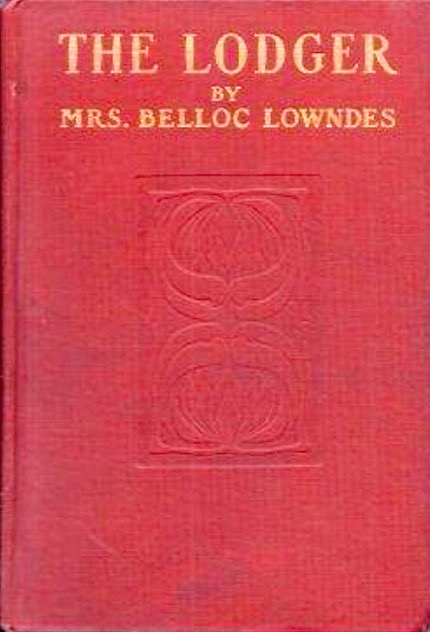
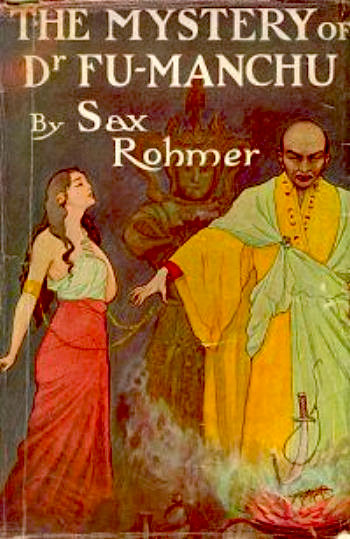
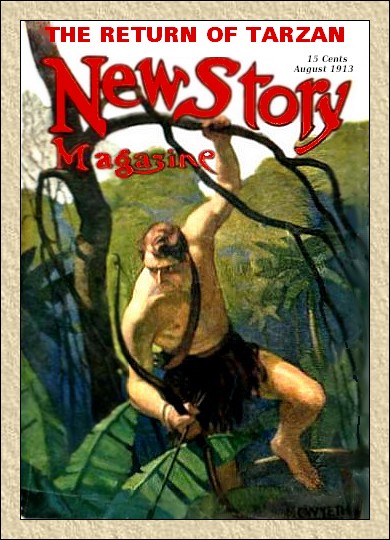
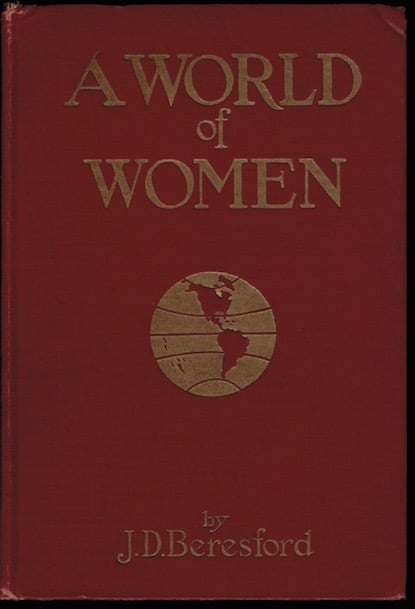
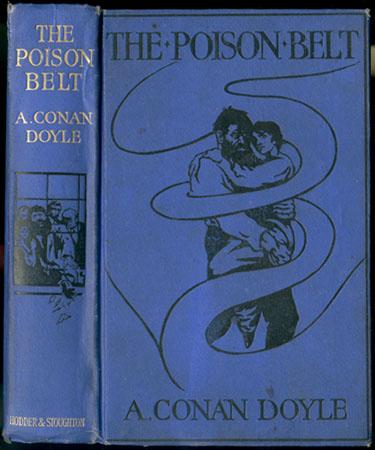
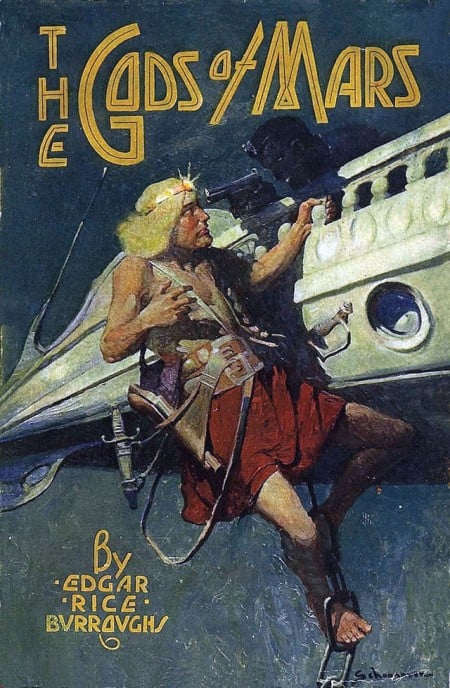
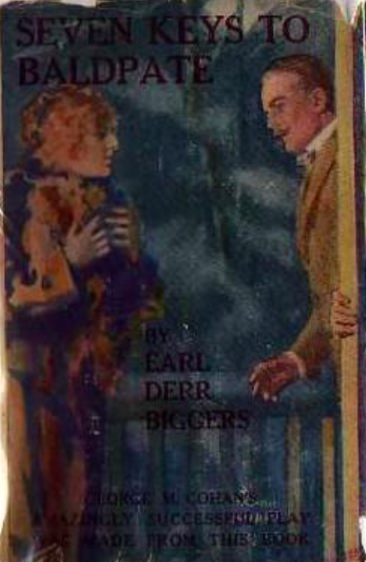
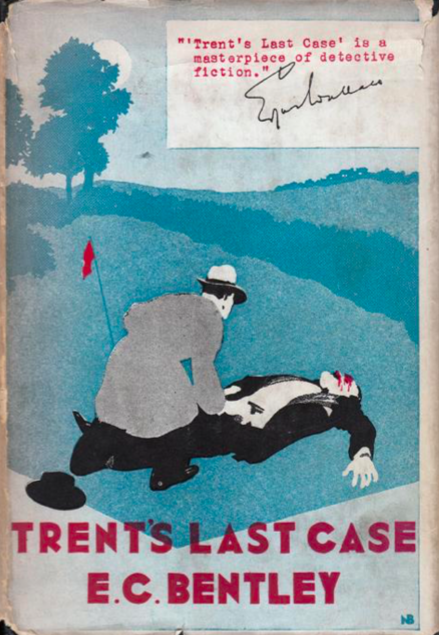

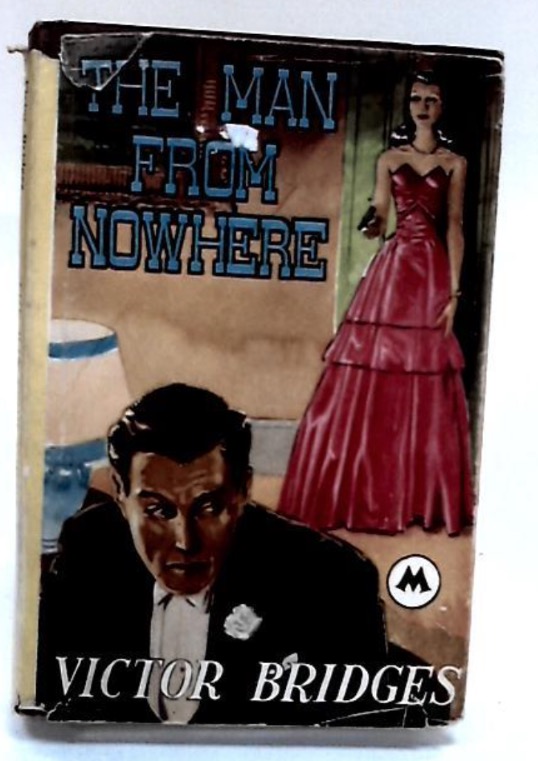
JOSH GLENN’S *BEST ADVENTURES* LISTS: BEST 250 ADVENTURES OF THE 20TH CENTURY | 100 BEST OUGHTS ADVENTURES | 100 BEST RADIUM AGE (PROTO-)SCI-FI ADVENTURES | 100 BEST TEENS ADVENTURES | 100 BEST TWENTIES ADVENTURES | 100 BEST THIRTIES ADVENTURES | 75 BEST GOLDEN AGE SCI-FI ADVENTURES | 100 BEST FORTIES ADVENTURES | 100 BEST FIFTIES ADVENTURES | 100 BEST SIXTIES ADVENTURES | 75 BEST NEW WAVE SCI FI ADVENTURES | 100 BEST SEVENTIES ADVENTURES | 100 BEST EIGHTIES ADVENTURES | 75 BEST DIAMOND AGE SCI-FI ADVENTURES | 100 BEST NINETIES ADVENTURES (in progress) | 1994 | 1995 | 1996 | 1997 | 1998 | 1999 | 2000 | 2001 | 2002 | 2003 | NOTES ON 21st-CENTURY ADVENTURES.
